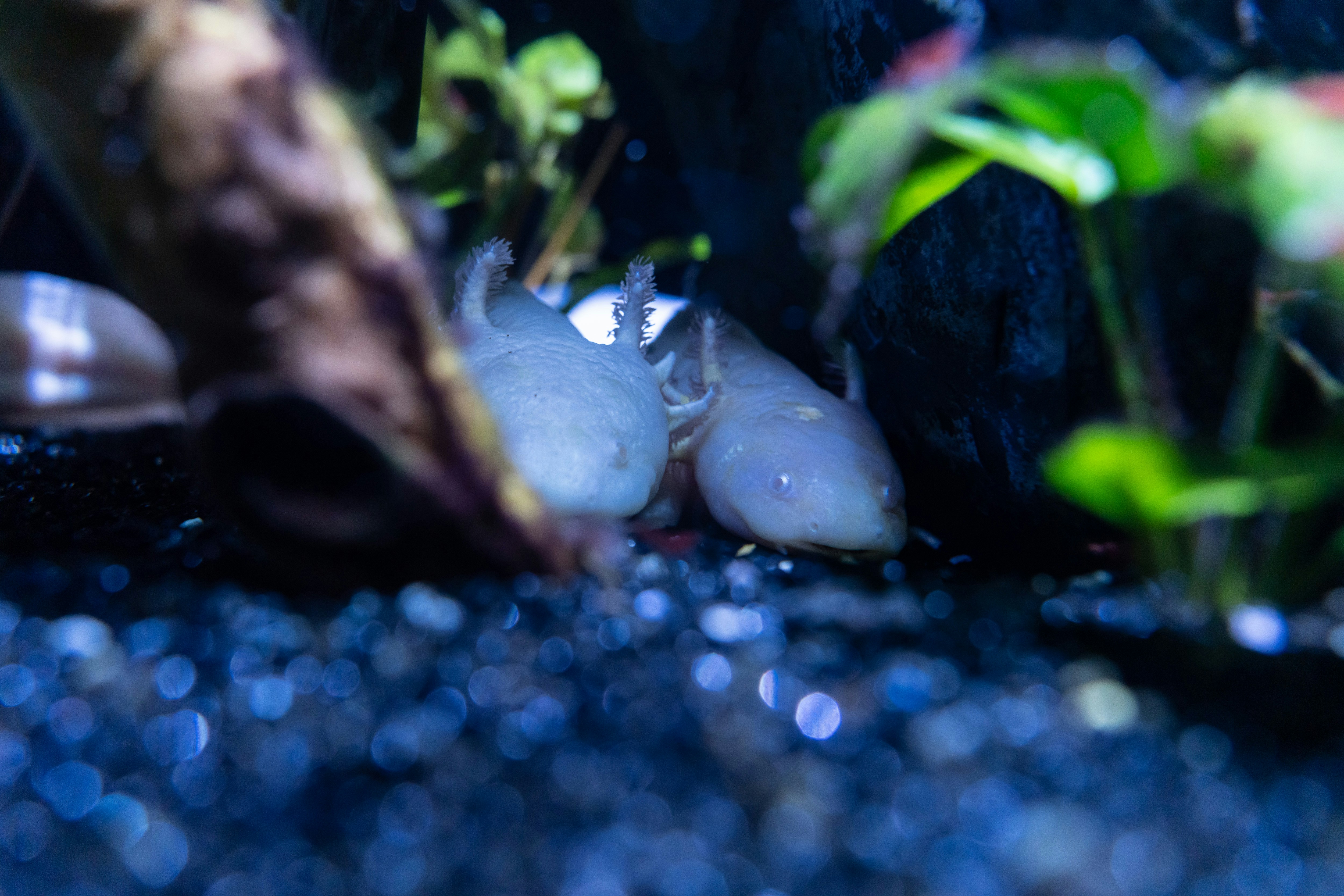
One aspect many of us sometimes overlook when traveling is exploring the diverse wildlife of different destinations. While we often focus on cuisine, architecture, and familiar animals, the exotic creatures living in mountains, jungles, and forests can be just as captivating.
Let’s embark on a journey to discover some of the most intriguing animals from each continent, starting with South America.
South America – Colombia – The Kinkajou

Colombia's rich biodiversity makes it a hotspot for wildlife enthusiasts. Among its fascinating creatures is the kinkajou, or Potos flavus, affectionately known as the “golden drinker” due to its golden fur and nectar-loving habits. Though they resemble monkeys, kinkajous are not primates; they belong to the Procyonidae family, which includes raccoons. These nocturnal animals are expert climbers and have a prehensile tail that aids in navigating the treetops of Central and South American rainforests. Despite their carnivorous classification, kinkajous primarily feast on fruits and nectar, making them a sweet addition to the rainforest canopy!
North America (Central America) – Mexico – The Axolotl
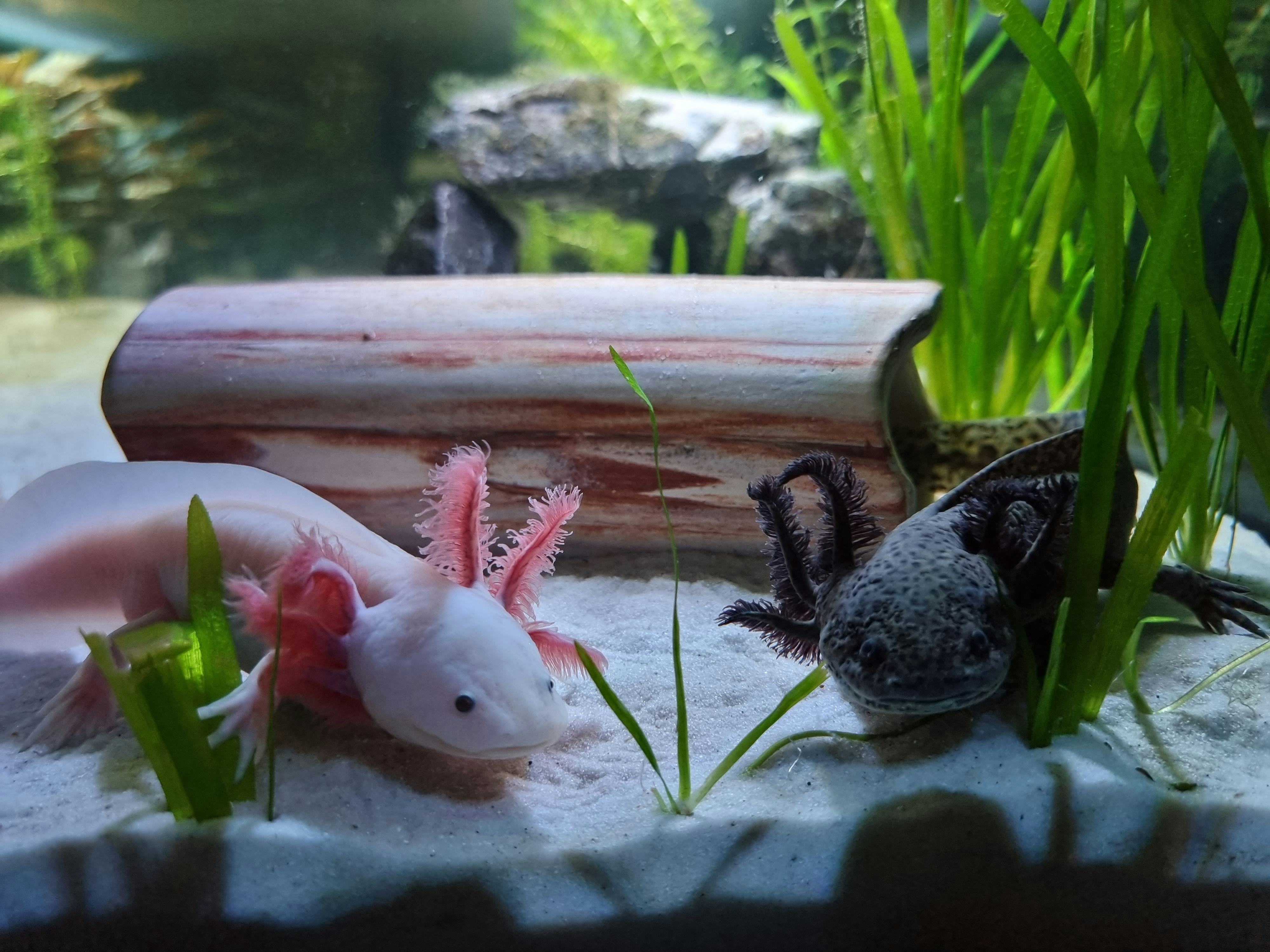
Traveling to Mexico, you'll encounter the axolotl, a creature that seems straight out of a fantasy novel. This remarkable salamander, also known as the Mexican walking fish, boasts a quirky appearance with its feathery gills and wide smile. Native to the Xochimilco lake system, the axolotl is famous for its incredible regenerative abilities—it can regrow limbs, heart tissue, and even parts of its brain! Sadly, this unique species is critically endangered due to habitat loss and pollution. But its fascinating adaptations make it a must-see for anyone venturing to Mexico!
Africa – Congo – The Okapi
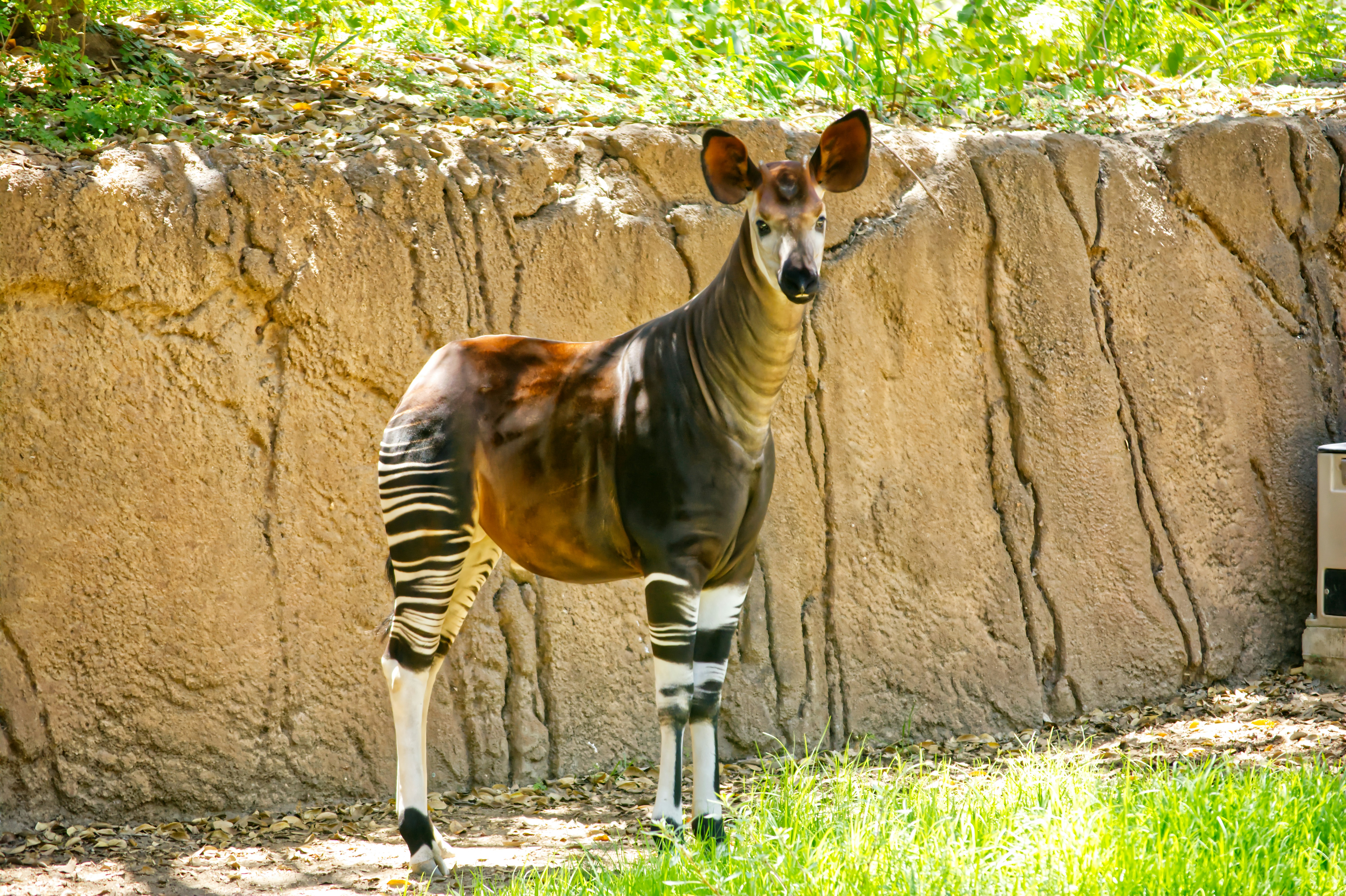
In the heart of Africa, the Congo Basin is home to the enigmatic okapi. Often mistaken for a zebra with its stripes erased, the okapi is actually a close relative of the giraffe, evident from its long neck and large, expressive eyes. This elusive herbivore roams the dense rainforests and wetlands of the Congo, where it feeds on leaves, fruits, and twigs. The okapi is one of the last surviving members of the Giraffidae family, and its rarity and unique appearance make it a true wonder of the animal kingdom.
Europe – Spain – The Iberian Lynx
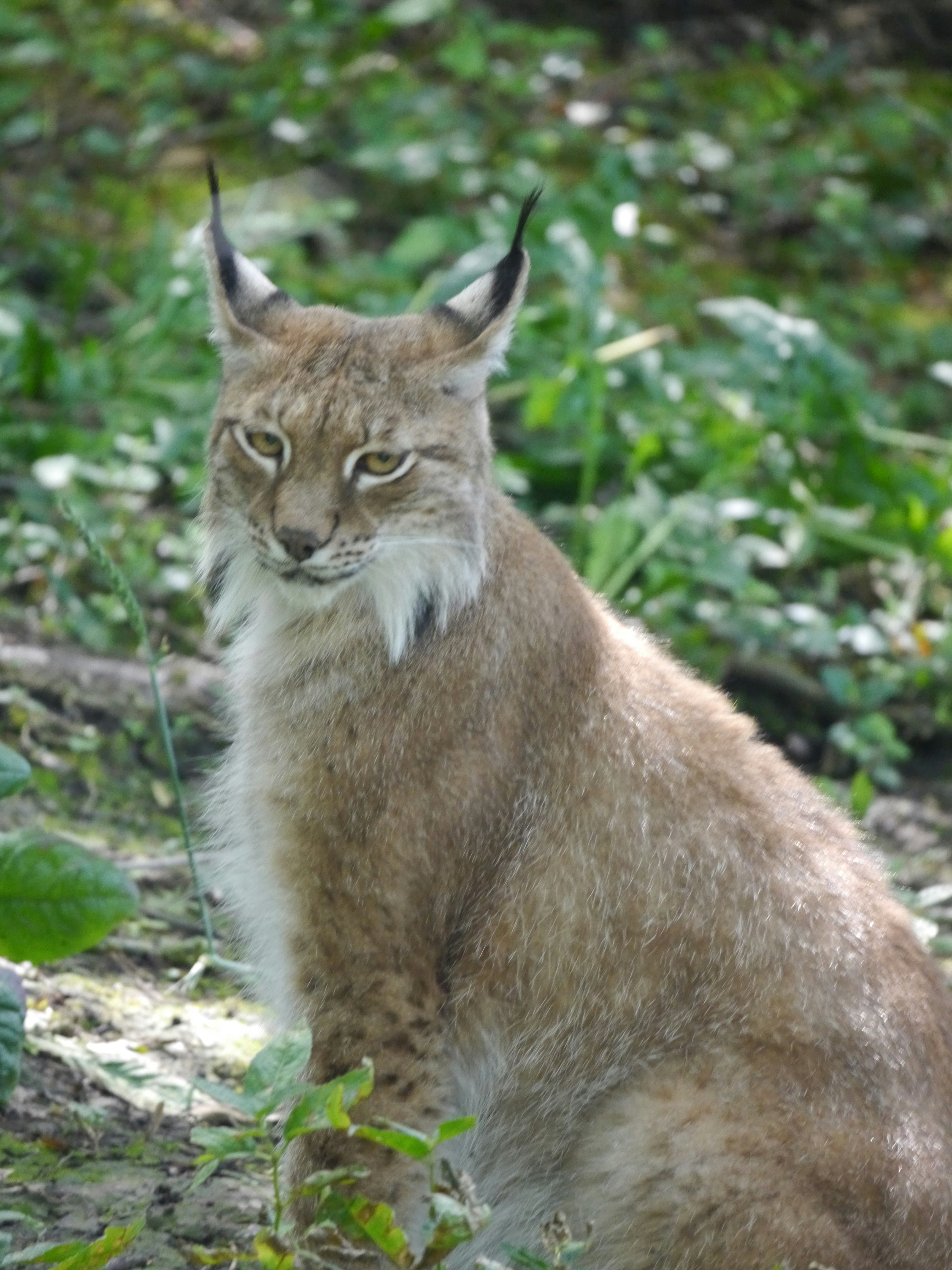
Spain’s Iberian lynx is a captivating feline with a medieval charm. This elegant predator, found primarily in the forests of the Iberian Peninsula, preys mainly on rabbits, which are plentiful in its habitat. The lynx’s distinctive black-tufted ears and its solitary, stealthy nature make it a striking figure in the wild. Once on the brink of extinction, conservation efforts have helped boost its numbers, though it remains endangered. Encountering this elusive cat in the wild is a rare and rewarding experience!
Asia – India – The Indian Star Tortoise
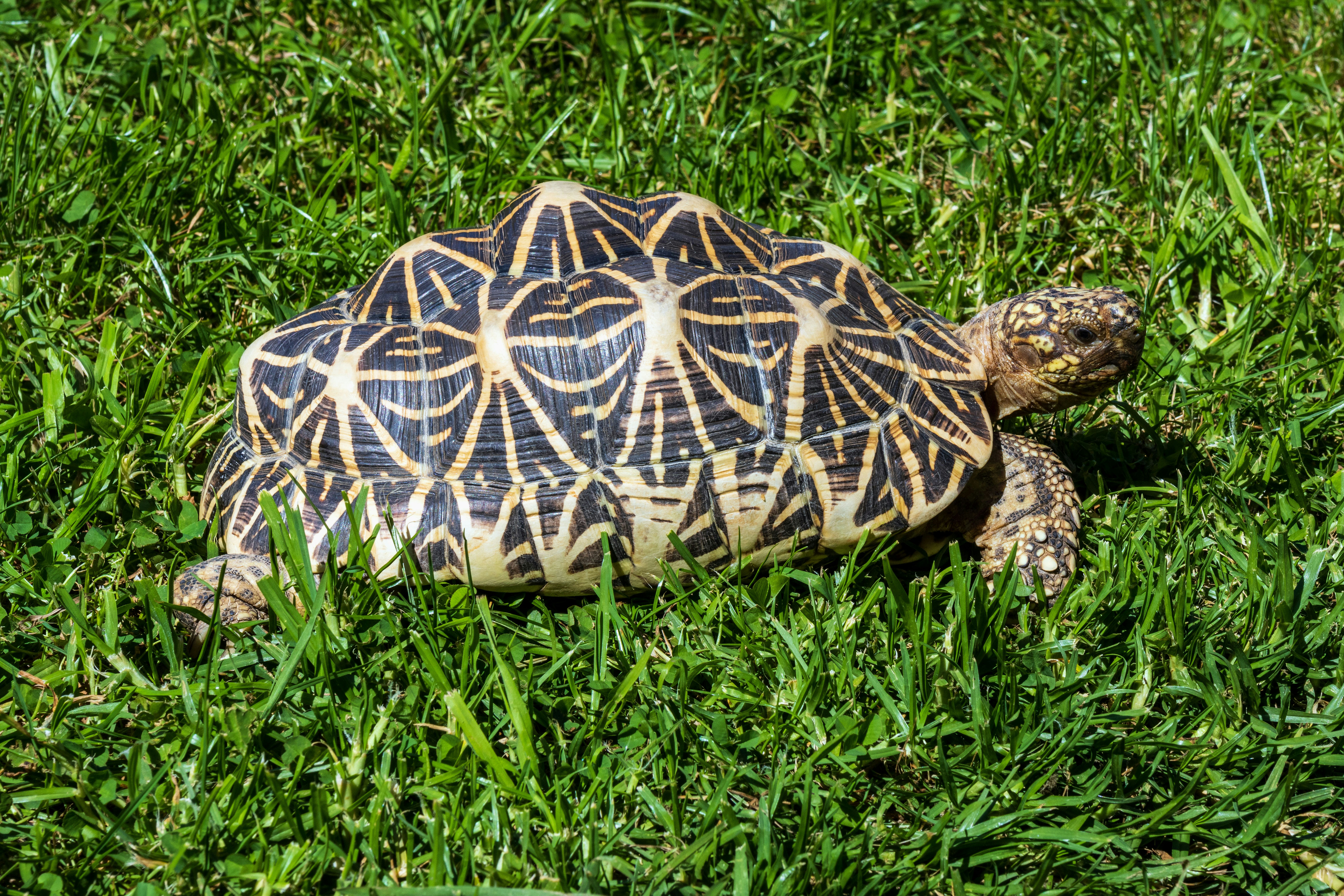
India is home to the Indian star tortoise, a species renowned for its striking shell pattern resembling a star. This geometric marvel helps the tortoise blend into the arid, rocky landscapes of its native habitat. Known for its slow, deliberate movements, the Indian star tortoise is a solitary creature that often spends its time alone or in very small groups. In Indian culture, it symbolizes longevity and composure, adding to its mystique and allure.
Antarctica – The Leopard Seal
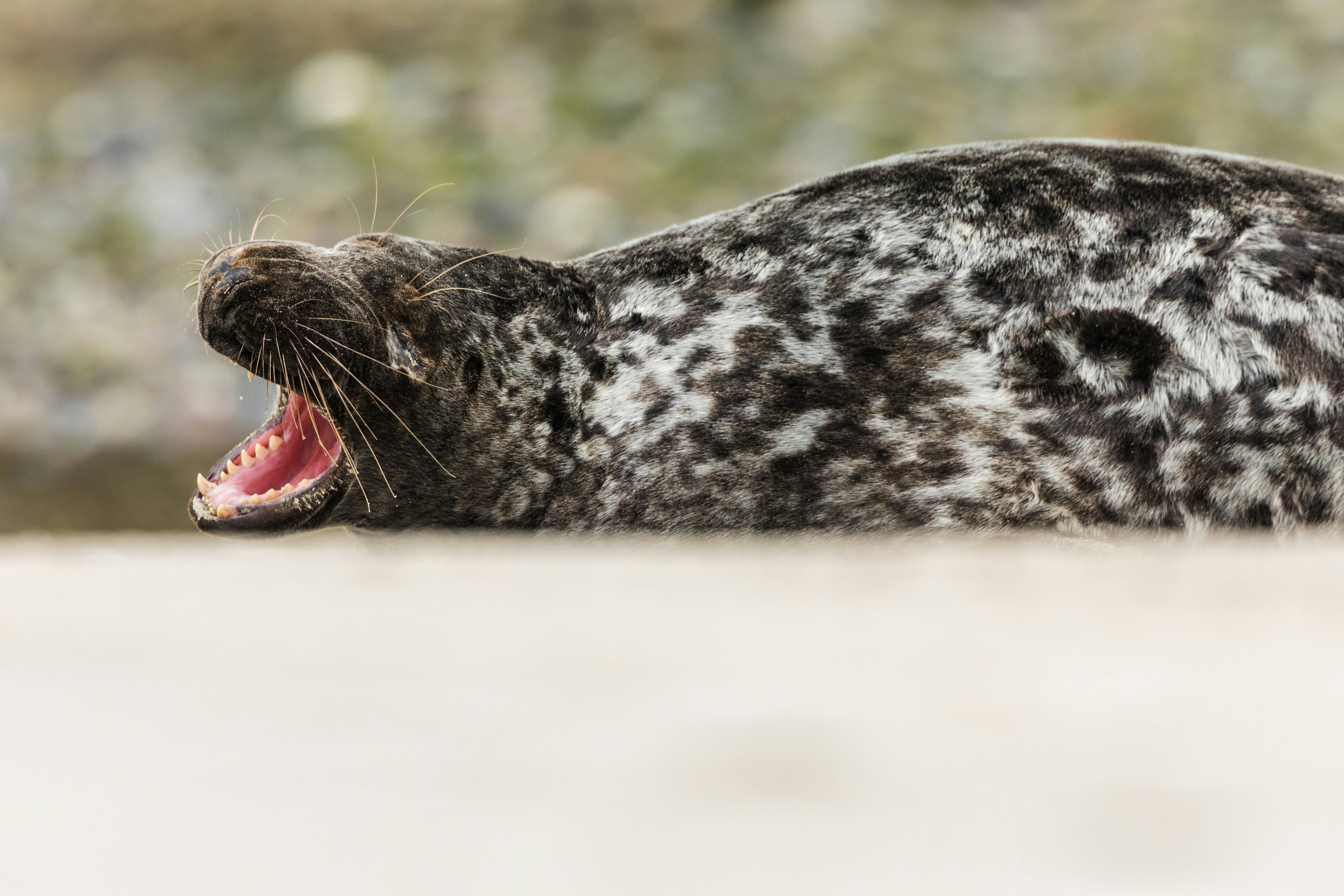
Antarctica's icy realm is dominated by the formidable leopard seal. This apex predator, with its sleek, spotted coat, is a true hunter of the Southern Ocean. Leopard seals are known for their versatility in prey selection, consuming everything from krill and fish to penguins. Their powerful jaws and impressive hunting skills make them a top predator, with only orcas posing a threat to them. National Geographic photographer Paul Nicklen even documented their intriguing behavior, including attempts to “teach” him how to hunt by presenting live and injured penguins!
Australia – The Platypus
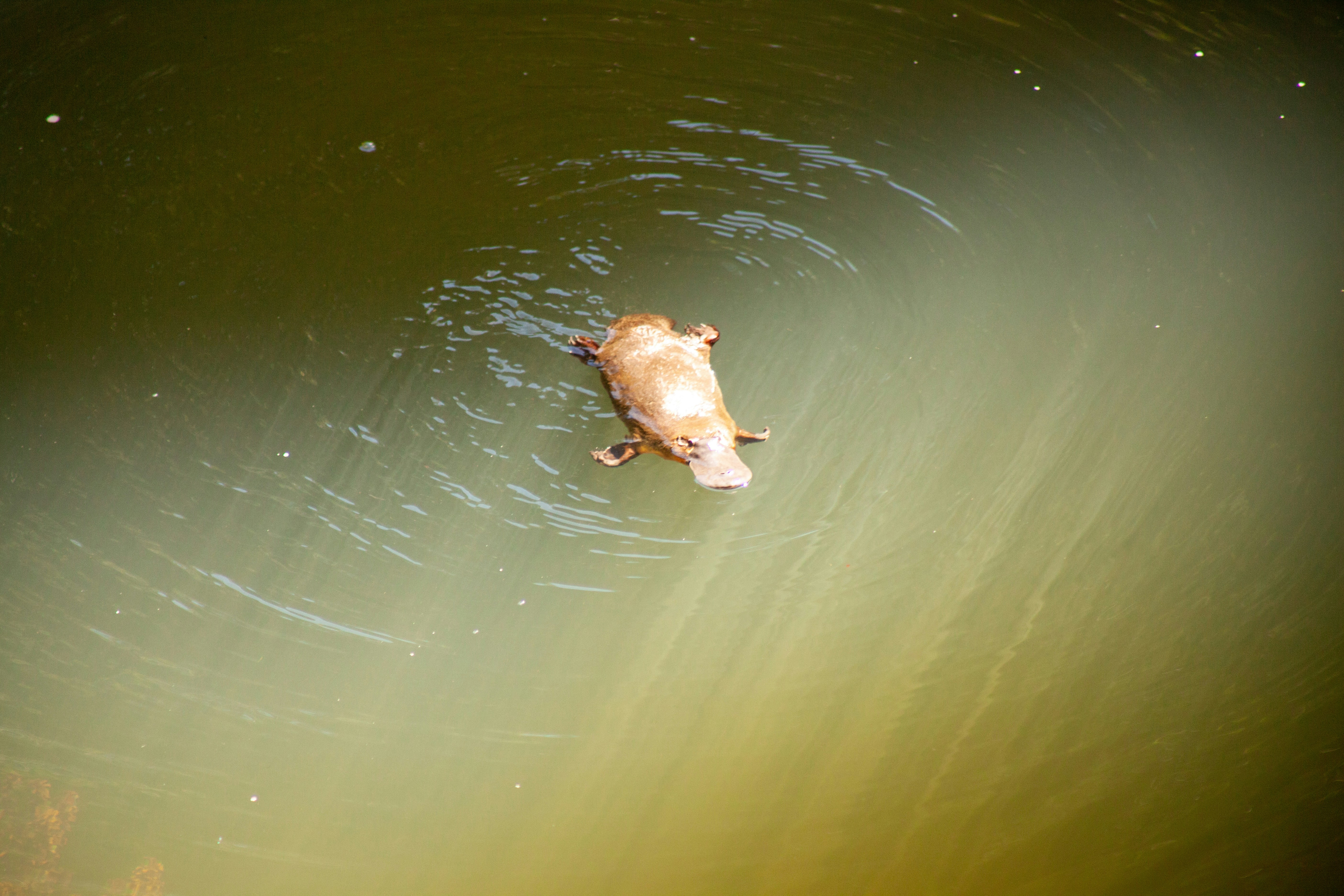
Australia’s platypus is a marvel of nature, famous for its quirky features and unique biology. This egg-laying mammal combines the bill of a duck, the body of an otter, and the tail of a beaver. The platypus’s bill is equipped with electroreceptors that allow it to detect prey in murky waters, where visibility is limited. Male platypuses also possess venomous spurs on their hind legs, used in combat with rivals during the breeding season. Known for its charming oddity, the platypus is a true icon of Australian wildlife.
We hope you’ve enjoyed this glimpse into the enigmatic and captivating species that inhabit our planet. Keep an eye out for these remarkable creatures on your next adventure, and marvel at the incredible diversity of wildlife that makes each destination unique!
